How can you tell whether your yoga teacher knows what she is doing?
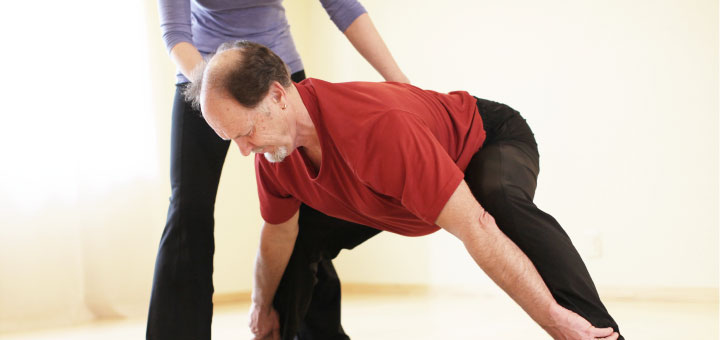
Nowadays, everybody seems to be an expert on everything. For example, I am amazed at the number of tweets routinely featured and quoted in the media, even if they come from people with no measurable expertise on the subject. In yoga, it often translates into branding – anybody can name their particular offering and market it to the public. But then the question comes up – how do you know whether or not your yoga teacher knows what she is doing? Does training matter? Does experience matter? Is it more of a gut feeling?
Many of us have gone through extensive (or not so extensive) teacher trainings and began to identify with a particular tradition/lineage. Is that good or bad? Here is an interesting and provocative quote by Matthew Remski from his blog post about Krishnamacharya/Desikachar lineage: “Things might be simpler if we just ditched the language of lineage altogether. Honestly: there are no real “lineages” in modern yoga. There are movements, art forms, brands, celebrities, and memes. Ideas float, combine, change, and disappear. Irony: Krishnamacharya himself was a syncretist, a bricoleur – sewing together a tapestry of Vedic, Tantric, and Hatha influences, collecting techniques from Lanka to the Himalayas. Who was around in his day to crown him “authentic”?” (there are plenty of other interesting ideas in this post).
I personally believe that it is bad if we begin to view other lineages as ” lacking” or “wrong.” It is also bad if we get caught in the orbit of the living guru who presides over the tradition since we know (from recent yoga scandals) that those gurus are not immune to the corruption of power and overinflated ego. But on the other hand, being connected to a particular lineage gives you a reference point, a particular way of viewing the world.  Let me use my own example. Over the years, I’ve attended multiple yoga teacher trainings, workshops, seminars, you name it, with many respected teachers. They certainly educated my teaching and laid the foundation for my knowledge. But only when I discovered viniyoga and Gary Kraftsow was I able to pull all that knowledge together into the framework that explained how things worked. It’s similar to a kaleidoscope – at first glance, it’s just a collection of sparkly multicolored glass, and then you turn it a certain way, and all of a sudden, you can see a pattern that forms a complete picture. It was like that for me with viniyoga. And I believe that until you find a tradition that “clicks” that kaleidoscope, you are stuck with a collection of random pieces of knowledge that is useful but incomplete.
Let me use my own example. Over the years, I’ve attended multiple yoga teacher trainings, workshops, seminars, you name it, with many respected teachers. They certainly educated my teaching and laid the foundation for my knowledge. But only when I discovered viniyoga and Gary Kraftsow was I able to pull all that knowledge together into the framework that explained how things worked. It’s similar to a kaleidoscope – at first glance, it’s just a collection of sparkly multicolored glass, and then you turn it a certain way, and all of a sudden, you can see a pattern that forms a complete picture. It was like that for me with viniyoga. And I believe that until you find a tradition that “clicks” that kaleidoscope, you are stuck with a collection of random pieces of knowledge that is useful but incomplete.
 To be honest, I am growing a bit weary of this notion that you can somehow learn yoga by osmosis, especially when it comes to yoga teachers. I think this idea is largely responsible for the fact that yoga as a discipline is not being taken seriously. Imagine, next time when you board the plane, your pilot tells you over the speaker: ” Folks, I’ve actually never flown a plane before, but I’ve read a book about it, seen it on TV, and I have an iPad app – so buckle up!” How reassuring would that be? I do not understand why yoga should be held to lower standards than any other profession. One does need to study it.
To be honest, I am growing a bit weary of this notion that you can somehow learn yoga by osmosis, especially when it comes to yoga teachers. I think this idea is largely responsible for the fact that yoga as a discipline is not being taken seriously. Imagine, next time when you board the plane, your pilot tells you over the speaker: ” Folks, I’ve actually never flown a plane before, but I’ve read a book about it, seen it on TV, and I have an iPad app – so buckle up!” How reassuring would that be? I do not understand why yoga should be held to lower standards than any other profession. One does need to study it.
Now, how important is practical experience? Again, it is similar to any other skill – you have to do it for 10,000 hours to start becoming proficient. That’s about five years of doing it full-time. There is a fabulous book, Outliers, by Malcolm Gladwell, that has a chapter titled “The 10,000-Hour Rule” that explores just that. It’s trickier for yoga teachers because we need to have both practitioner’s and teacher’s experience. Does this mean that you don’t count as a yoga teacher until you reach that 10,000-hour mark? Of course not, you have to gain your experience somehow. But I would discourage you from teaching other teachers until you get those hours under your belt. We often see yoga teachers graduating from a yoga teacher training and then immediately starting their own trainings – without the experience, they ring hollow.
How about that “gut feeling”? It’s also very important. The teacher might have all the credentials imaginable, yet you find yourself counting minutes till the end of the class. Maybe it’s her style of teaching, her language, her voice – whatever – that doesn’t resonate with you – fine! It’s perfectly OK to dislike a yoga teacher or what she offers. Move on; there are plenty of fish in that pond. Of course, initial impressions might not turn out to be accurate, but if you are still counting minutes after ten classes, it’s time to find someone else.
Now, here is what a good teacher MUST POSSESS:
Your yoga practice MUST be about you, the student. This is not the time for your teacher to show off her perfect Dhanurasana (unless it’s a legitimate demonstration for your benefit). If your yoga teacher spends too much time looking at herself in the mirror during class – move on.
Your yoga teacher MUST be able to explain every single thing she teaches. Why do we do this pose? Why do we do it this way and not the other way? Why did she choose this breathing practice? Why did she place it at the end of the practice and not at the beginning? There should be a reason for everything, and it should be clearly articulated. Using the “mystery” of yoga as an explanation is not valid. If the only reason your yoga teacher gives you is: “Because my guru said so” – move on.
Your yoga teacher MUST be able to adapt the practice to you. Are you pregnant? Older? Recovering from an injury? Whatever it is, she must be able to accommodate you, not the other way around. Sure, it’s harder in a class of 50+ people, but she can at least give you options. I took a class at a resort once, where it was just me and one other student. I didn’t have any physical concerns; the other student had a cast on her foot, so clearly, she had limitations. For some reason, the teacher chose to accommodate me instead of her, so I felt incredibly bad when I saw the other student struggle through standing poses and multiple pigeons – neither of us had a good time. We might think that accommodating those with different needs will take something away from other students, but I think it’s the other way around – it enriches their experience. If you can’t keep up with your yoga teacher and find yourself struggling – move on.
I believe that this quote by Mark Whitwell brings up some very valid points:
Here is a guide to finding a suitable teacher: he or she will have three simple but rare qualifications.
1. They practice yoga themselves.
2. They have had a good teacher themselves.
3. They care about you and are not arbitrarily imposing a standard practice, philosophy, or culture on you.
The teacher is a friend. With no roles being played it becomes apparent that student and teacher are obviously equal and share the same condition. Be cautious of anyone who cannot be this ordinary.

The Home Yoga Practice app will help motivate you and make it easier to enjoy the benefits of yoga right at home. Use this app to attend to each part of you – structural, energetic, physiological, and mental-emotional, because all these dimensions are equally important.


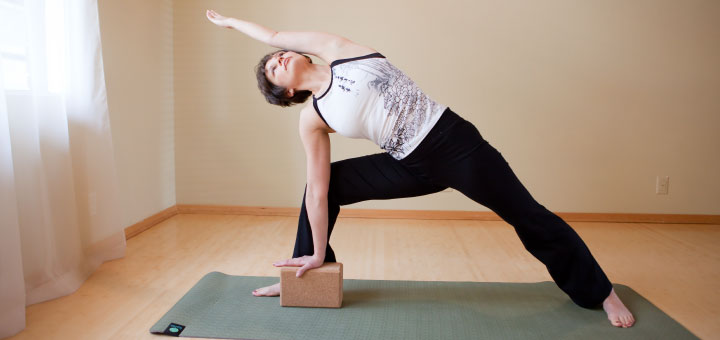
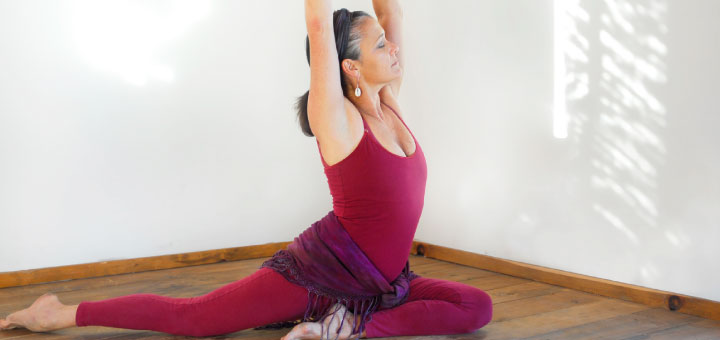

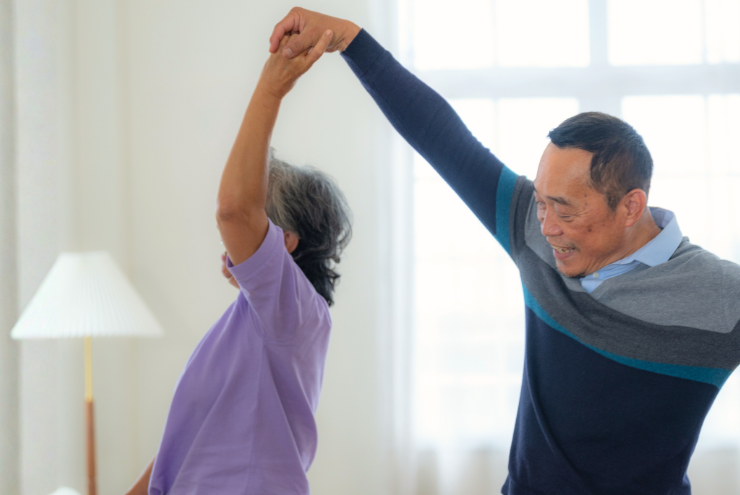
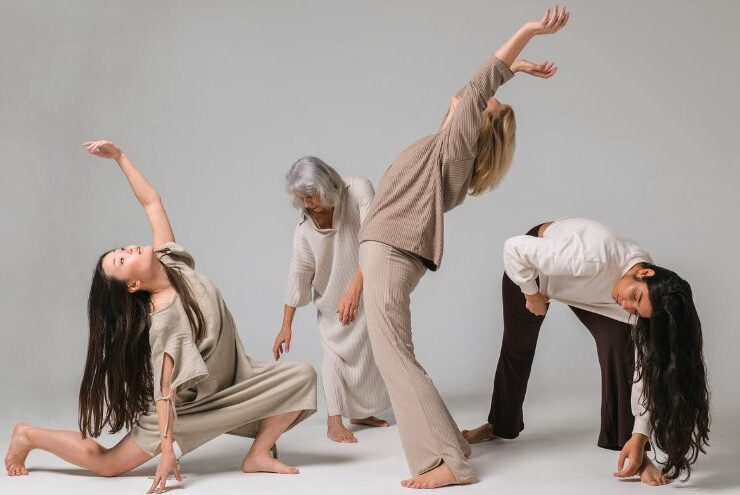



Bravo! Well said, all around.
Thanks Nan!
Reblogged this on Eat. Drink. Yoga..
Posting up on my facebook page. Beautifully expressed!
Thank you Jayne!
The teacher is a friend. With no roles being played it becomes apparent that student and teacher are obviously equal and share the same condition. Be cautious of anyone who cannot be this ordinary.
I love this. When I teach, I am a teacher; sharing what I know. When I’m a student, I am a student.
I love teaching; sharing; getting to know, truly know, my students.
Love this ❤
Thank you Sarah!
This blog reaffirmed my same impressions of the yoga professions after many disillusions and mistaken thoughts about good yogis and bad ones. I placed an inordinate amount of trust in so many when I should have been paying attention to what I needed from a teacher. I had the background RYT- 300 with JJ Gormley who represents the ideal teacher to me. But I began to believe that the Krishnamacharya lineage was “the one true church”. Then the TKV scandal broke.. I was so disheartened. Since then I have been taking classes in another city near Seattle and have found a teacher who consistently asks each of her students to work the poses to find the alignment or stretch that we benefit from and not make it look pretty. I have learned from her in ways I never learned about how to teach yoga; although I taught for ten years it never seemed as if I were teaching the students to find their level of ability . Because of JJ’s excellent teaching I recognize excellence in the teaching of my current teacher-Pamela Chang. I am unable to teach now but I know that it is not lineage , although Gary Kraftsow too began in the Desikachar lineage. I highly respect his integrity as well and have taken a few classes with him. Thank you for exposing the overkill in guru worship that is tainting a way of life for those of us who are practicing on and off the mat. I believe that setting standards for yoga teachers can be helpful but students have to turn off the mind sets on who may be popular or the hot new practices and learn to listen for what is their true practice.
“she”????
Hi Terry! About 90% of yoga teachers are female, that’s why I used “she”, not “he” (is that what you are wondering about?).
Funny that you quote Remski, considering he’s posing as an expert and trying to scare people out of doing some poses all together by claiming they are dangerous – all while refusing to address questions regarding his experience and training as a yoga practitioner and teacher.
I suppose it’s easy to fall prey to yogis more interested in making money and a name for themselves.
I think its really important that teachers encourage their students to try other practices, and ‘see’ other teachers. In my experience, this helps to keep the focus on the yoga, rather than on the personality of the teacher. If a teacher tells you that ‘such and such’ a practice isn’t ‘real’ yoga, find a new teacher.
I find some very valid points in this offering and hope it is something that others read and learn from to assist both their practice and their teaching.
I would like to add a couple of things. The first is on the topic of lineage. Krishnamacharya’s “authenticity” comes from the depth and commitment of his practice. His taking from here and there was a well-steeped exercise in trial and error. It is the holder not the holding. Today’s holder of yoga lacks a depth of practice, lacks a dedication to ethics, lacks a depth of understanding that is the nectar of 8 hours a day of practice over a lifetime. This not to mention that most practitioners today fail to start with Yama and Niyama and so their plying of asana comes with great risk – the least of which is the aggrandizement of ego. As if this isn’t enough, what of the energetics of yoga and the force that is behind a lineage. This is part of the transmission forward and in most cases it is palpable.
The other component that interests me here is the idea that a teacher “must” be able to explain every single thing she teaches. If it’s a choice between making it all up and having a reason for it all, sure, I agree. Know what’s what. But it’s not one or the other It’s a continuum.
Intellect and intuition both hold value and both should be used by students and teachers alike. And frankly this is why some students choose to go to Gary Kraftsow, because he’s put in the time, his teacher put in the time, and his teacher’s teacher put in the time. Ergo “my guru said so” actually means something. Now, does that mean it should be taken a gospel every time without discernment on the part of the a student? No it does not. But it sure as heck carries more weight than if Bobby Supple at I Heart Yoga said so.
As far as qualities are concerned a great teacher has to be living what they are teaching, which is something more than having a practice themselves. Additionally a great teach abides by an code of ethics, approaches their training professionally, and has an ability to command the language in which they teacher – which means pitch, pace, volume, and the craft of pithy instruction.
I believe that a good yoga instructor must be able to identify each class the student who is suffering, which is distracting, which is in excess, which is trying to draw attention, and without breaking the mood, without attracting attention the other, be able to give your touch to each one, walking between them. And if one of them escape his command, not despair, accepting the hole and leave to see what’s going on then, give preference to the majority, that’s what I do. Diva
there is one thing about knowing all around. It sure is a plus. But i dont think its a must. and here is why.
when yoga is teached its precise ( i hope so if not move on 🙂 . Precise method is good to follow if its proven good. Here. Most simple practice that goes as deep as you want. Surya namaskar. do you know all spiritual dimensions that follow that practice? prob not. can you achieve that by practicing it in tought manner? prob yes. Same for physical. You dont have to know if you do it right. Maybe its even better that way cause that knowlage comes directly from higher intaligence. I teach and i know some things about most of my class but still i give space for interpretations. But no variation in directions i give. Here example. in hatha yoga class you do anulom vilom at beggining of class. in ashtanga you do nadi shodana at end. Meaning? I dont know. but still i teach. 1 big note: if we all waited budas to teach us none would practice.
Id say: if your teacher cant say a thing he doesnt know move on 🙂
Namaste!
sry bad english